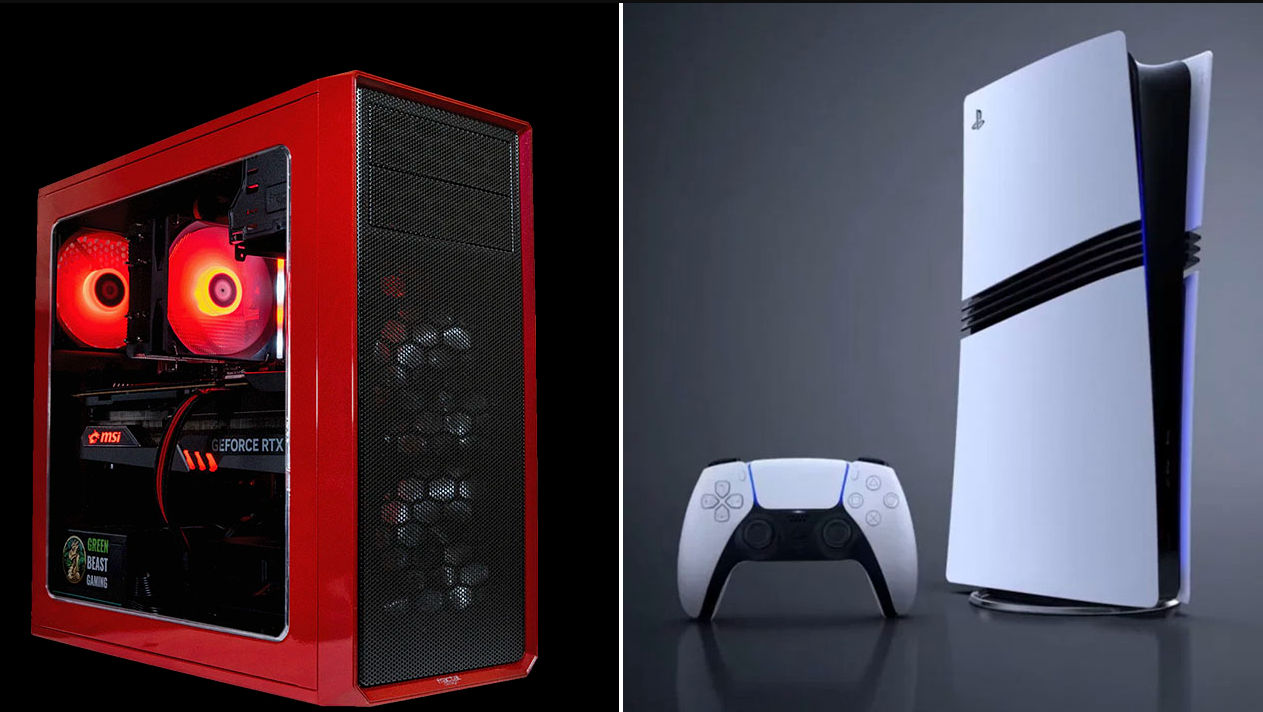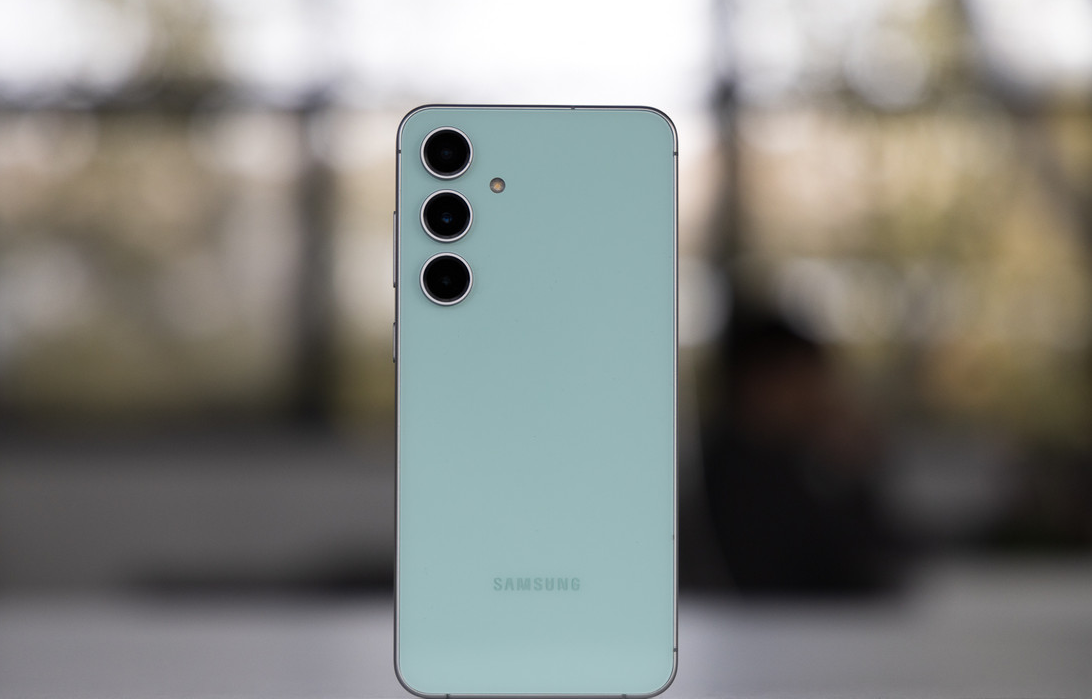Choosing a camera can be an exciting yet challenging process, especially considering the many options available on the market. From compact cameras to professional systems, each type of camera offers its own unique features and benefits. In this guide, we’ll walk you through the key aspects to consider when choosing a camera so you can make an informed decision that suits your photographic needs and work style.
Photography is not just a hobby or a profession; it is an art and a way to express yourself. Choosing the right camera allows you to better capture moments, convey emotions and even tell a story through your images. Whether you shoot landscapes, portraits, street scenes or specialise in macro photography, the right camera can greatly improve the quality of your work and make the process of shooting easier.
It is also important to consider that a camera is an investment. Choosing a model that will be relevant and will not lose its functionality and image quality over time is key. You should also keep in mind the possibility of expanding the system through additional lenses and accessories.
In this article, we’ll look at the key points to consider when choosing a camera, including camera types, resolution, image sensors, lenses, additional features, budget, user reviews and the importance of hands-on experience. All of this will help you make a choice that you’ll enjoy for years to come.
Understanding Your Own Needs
The first and most important step is to determine what you need your camera for. Amateur photography, professional work, sports photography, landscapes or portraits – there is a different type of camera for each task.
Types of Cameras
Compact Cameras
These cameras are a great choice for everyday use and travelling due to their convenient size and lightweight. They are ideal for those who prefer minimal weight and ease of use. Modern compact cameras come with a variety of features such as optical zoom and different shooting modes. Many of them also allow you to shoot in RAW format, giving you more flexibility when processing images. Despite this, they do have some limitations compared to more advanced camera models, especially in terms of image quality and shooting settings.
DSLR cameras (DSLR)
These cameras are suitable for more serious photo enthusiasts and professionals, thanks to their high image quality and large sensors, especially in low light conditions. The main advantage of DSLRs is their interchangeable lenses, which allows them to adapt to different shooting scenarios. They also offer extensive manual adjustment options, giving photographers complete control over the shooting process. However, their large size and weight can be a disadvantage for those looking for more portable solutions.
Mirrorless Cameras (Mirrorless)
Mirrorless cameras are a modern solution that combines the advantages of both DSLR and compact cameras. These models are smaller and lighter than traditional DSLRs, but offer image quality comparable to DSLRs, thanks to the use of large sensors and the ability to change lenses. They often feature fast autofocus and a low-noise shooting mechanism, making them an excellent choice for street photography and videography. In addition, mirrorless cameras typically include advanced technologies such as electronic viewfinders and touchscreens.
Specialised Cameras
Specialised cameras are designed for specific types of photography and conditions. Underwater cameras, for example, are designed for high-pressure and humid environments, ideal for underwater photography. Astrophotography cameras, for their part, are equipped with features optimised for capturing stars and celestial bodies, while requiring specialist knowledge to use effectively. These devices are usually not universal and are chosen for very specific tasks.
Resolution and Image Sensor
The resolution of your camera is important, especially if you plan to print large format photos. However, a more important factor is the type and size of the image sensor. Full-format sensors, commonly available in professional DSLRs and some mirrorless cameras, offer better image quality, especially in low-light conditions. They also offer greater depth of field, allowing you to achieve more professional-looking photos with blurred backgrounds.
Lenses
Choosing the right lens can radically change your photography. Lenses vary in focal length, aperture, image quality and specialised features. Here are the key aspects to look out for:
Focal Length
- Wide-angle lenses (such as 24mm) are ideal for landscape and architectural photography as they capture more of the scene.
- Standard lenses (around 50mm) mimic the field of view of the human eye and are good for portraits and street photography.
- Telephoto lenses (e.g. 200mm) are suitable for sports and wildlife as they allow you to shoot distant subjects.
Aperture
Lens aperture affects the amount of light hitting the sensor and the depth of field. Lenses with a wide aperture (e.g. f/1.4) are ideal for shooting in low light and creating blurred backgrounds.
Image Quality
Professional lenses usually offer better image quality with sharper detail and contrast. They may also have less chromatic aberration and distortion.
Specialised Lenses
- Macro lenses for capturing small details and insects.
- Fisheye for unique, distorted images with a very wide field of view.
- Tilt-shift lenses for perspective correction, useful in architectural photography.
Compatibility and Future Expansion
Make sure that the lenses you choose are compatible with your camera. It is also important to think about future expansion of your equipment.
Additional Functions
Image Stabilisation
This function is especially important for telephoto lenses and low-light photography. It helps reduce image blur caused by hand shake.
Wi-Fi/Bluetooth
Wireless connectivity allows you to quickly and conveniently transfer photos to other devices, as well as control the camera remotely via your smartphone or tablet.
Video shooting
If video shooting is important to you, look for features like 4K recording, frame rate, autofocus when shooting video, and microphone capabilities.
Budget
Determining your budget is critical. Include in your budget not only the camera itself, but also the cost of quality lenses, additional accessories such as bags, memory cards, spare batteries and lens filters. Remember, investing in good lenses and accessories can significantly improve the quality of your photos and extend the life of your equipment.
Reviews and Tests
Be sure to read reviews and watch test reviews before you buy. This will help you understand how the camera performs under real-world conditions.
Practical Experience
If possible, try the camera in the shop. This will give you an idea of its ergonomics and usability.
Tips for Buyers When Choosing a Camera
Choosing a camera is a decision that should be considered and based on your individual needs and goals. Here are some useful tips to help you make the right choice:
Define Your Needs: Before you buy, clearly define what you will use the camera for. Amateur photography, professional work, landscape photography, portraits, or something else? This will help narrow down your search.
Explore the Market: Read reviews and compare different models and brands. See what new features are offered and how they may affect your shooting.
Budget: Set a realistic budget, considering not only the cost of the camera itself, but also additional accessories such as lenses, bags, memory cards.
Practical Experience: If possible, test the camera before you buy it. The feel of the camera in your hands, its ergonomics, and the settings menu can greatly influence your decision.
Lens and Accessory Compatibility: Make sure your camera is compatible with a wide range of lenses and accessories, allowing you to expand your options in the future.
Read Reviews and Ratings: Explore user reviews and professional reviews to get an idea of the camera’s reliability, image quality and overall user satisfaction.
Warranty and Support: Check the warranty terms and the availability of service support. Having a good warranty and readily available technical support can make a big difference in your choice.
Future Updates: Consider updating your camera firmware. Some manufacturers offer updates that add new features or improve performance.
Consider Your Experience: If you’re a beginner, you may want to start with a simpler, easier-to-use model. For experienced photographers, a more sophisticated camera with extensive customisation options may be suitable.
Size and Weight: Evaluate how important the size and weight of the camera is to you, especially if you plan to carry it around frequently.
By following these tips, you’ll be able to make a considered choice that will meet your photography needs and ensure satisfaction with your camera for years to come.
Get extra value with cashback from reBITme. Click here to start saving today!




